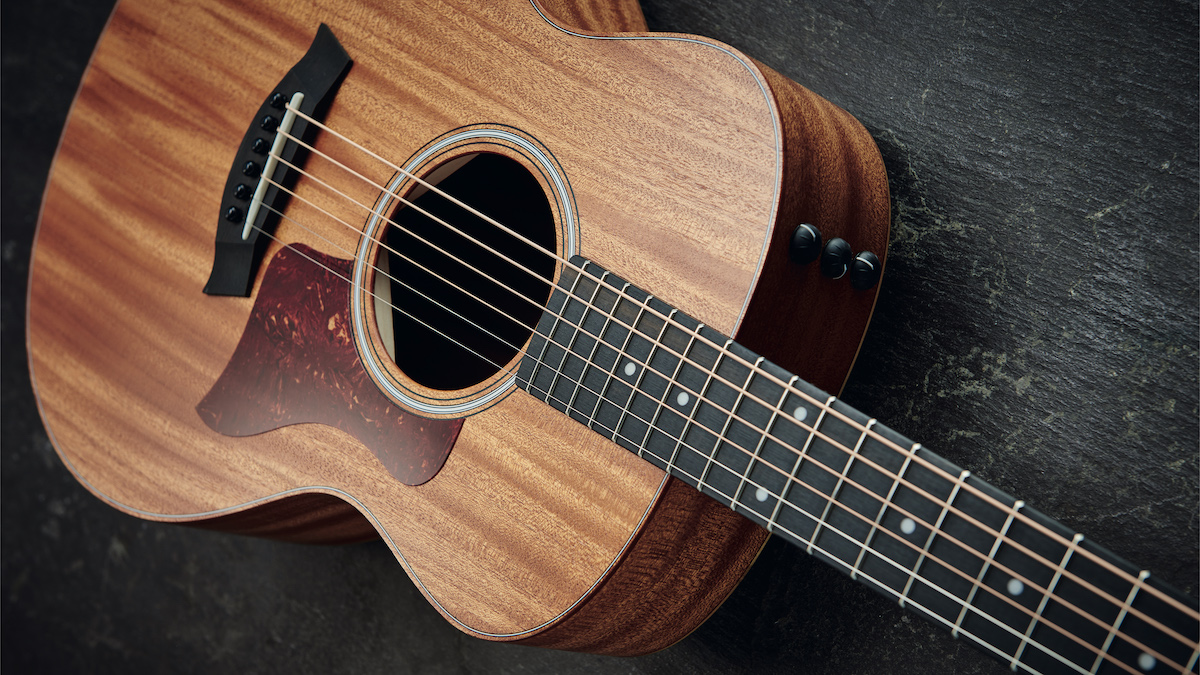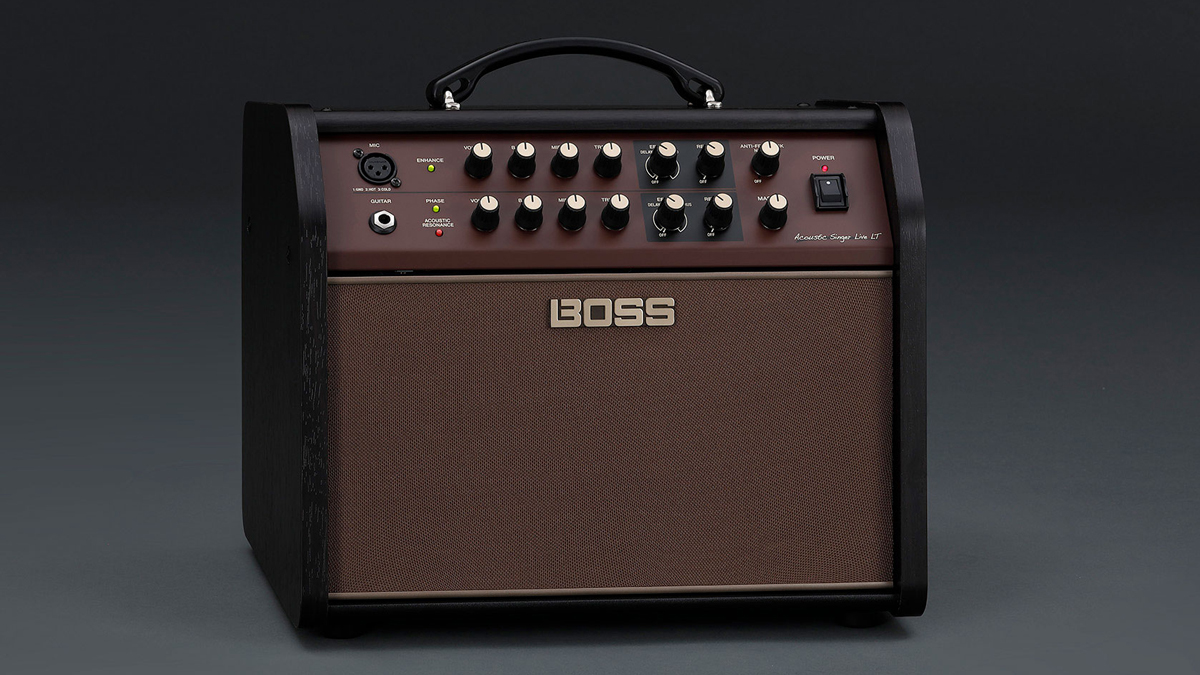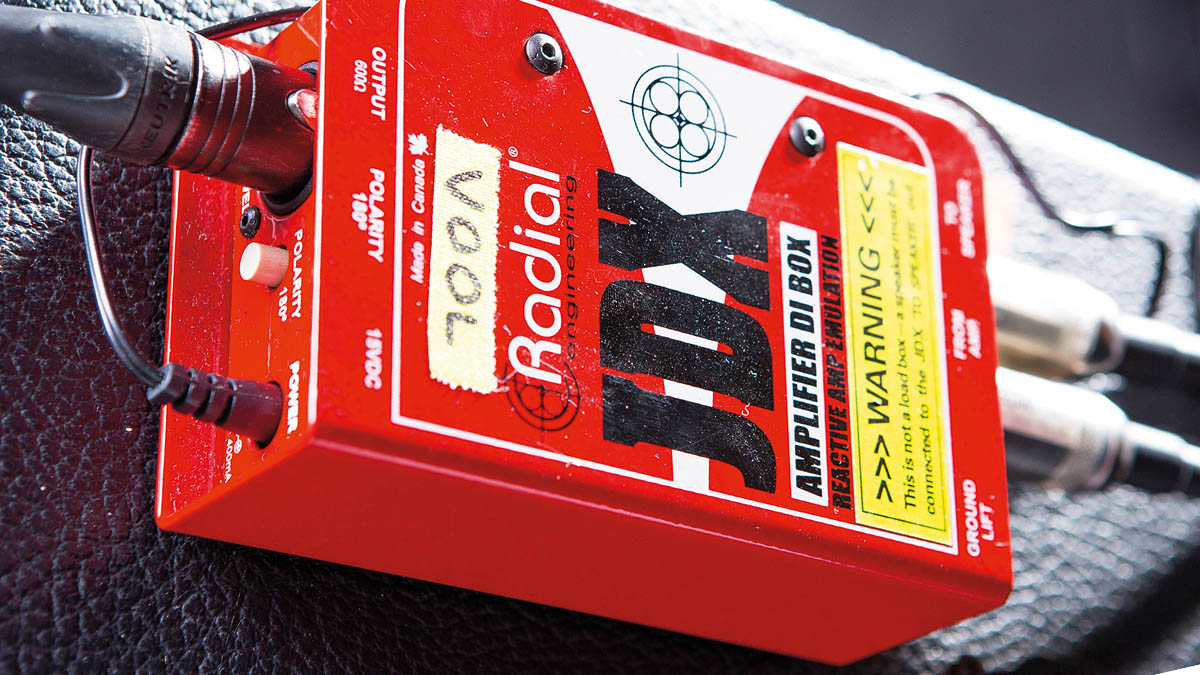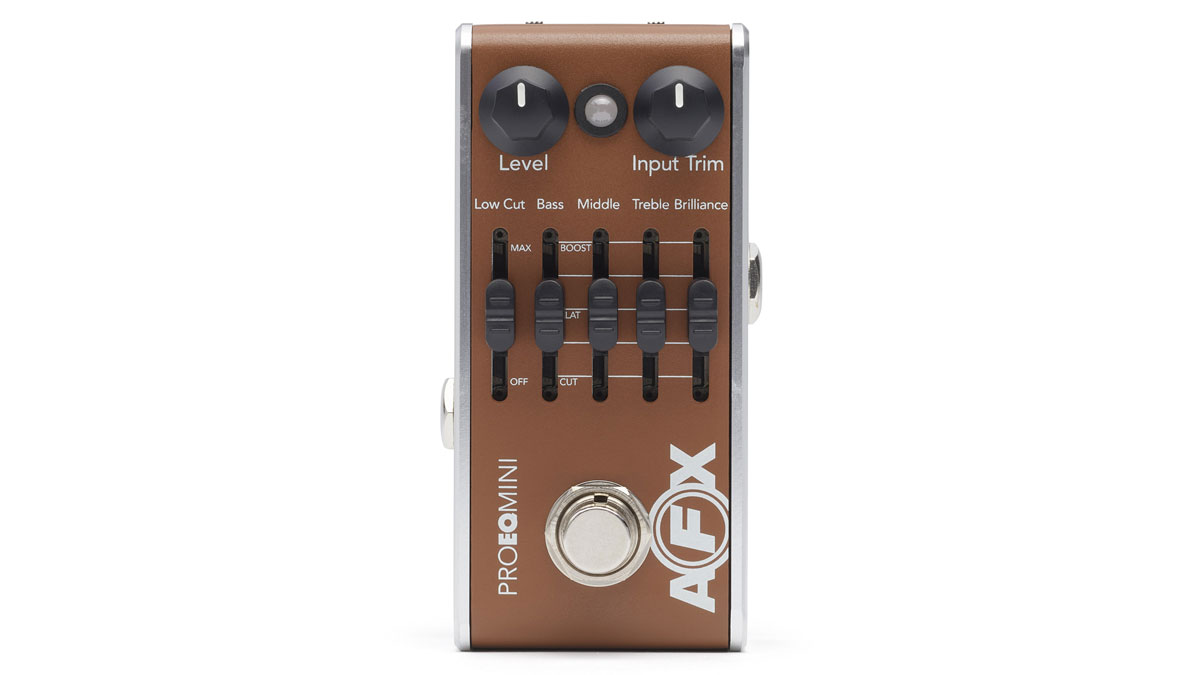How to assemble the ultimate live acoustic guitar rig
From how to banish feedback to sweetening your tone through EQ, get yourself gig-ready now

Whether you’re busking solo or you play in a band, making sure your acoustic guitar rig is set up just right is key to delivering a great performance. There are countless potential pitfalls, but we’re here to steer you in the right direction and ensure your gigs go to plan.
Broadly, we’d say the following tips fall into the following categories: sonic improvements, tonal troubleshooting and set-up advice, essential gear purchases, and backups/preparation for those unforeseen gear failures. Read on as we help you get your acoustic rig gig-ready.
1. Travel light with your guitar

If portability is a concern, then a travel-size guitar is a must. These tend to be short-scale and smaller-bodied, yet bigger and more ‘grown up’ than a 3/4-size guitar. Sheeran by Lowden’s range includes the W and S series, both available at various prices, with and without pickups.
Taylor’s GS Mini and Martin’s Little Martin ranges have been popular high-quality choices for a few years now. And Guild’s M-240E Westerly Concert Electro is another great option that we’ve used ourselves.
2. Amplify…

When it comes to acoustic guitar amplification, you have two primary concerns: how loud do you need to go, and do you need mains or battery power?
If the answer to the first question is ear-splittingly loud, you’ll likely be plugging into a PA system – and you may or may not need an amp to hear yourself on stage, depending on the stage monitoring.
At moderate levels you’ll need to consider a mains-powered amp such as Marshall’s AS50D or Fender’s flagship Acoustic SFX II – the latter being the higher-powered option at 2x100 watts.
All the latest guitar news, interviews, lessons, reviews, deals and more, direct to your inbox!
3. Use a preamp to improve your tone
Any acoustic amplifier is at the mercy of your guitar – it’ll only sound as good as your instrument. Now, that’s just dandy if your pride and joy comes equipped with a sophisticated (and usually expensive) blended under-saddle piezo pickup and in-body mic system with onboard preamp and EQ.
However, if your steel-string’s tone needs a little polish, or if you’re DI-ing into a PA then a dedicated preamp pedal must be on your shopping list.
Fishman’s impressive Platinum Pro provides exceptional preamp sounds plus on-board compression, boost, feedback control and built-in tuner, though it comes with a premium price tag too.
For a wallet-friendlier tone enhancer, check out Fender’s Acoustic Preverb pedal. Or if simplicity is your main consideration, TC Electronic’s Bodyrez or Xvive’s Mike both feature just one knob.
4. Eliminate feedback

Feedback isn’t only a problem with cranked high-gain electric guitar tones. Those big echoey bodies make acoustic guitars ultra-resonant and highly prone to nasty squeals once you get past polite volume levels. It can be a problem at any gig.
A soundhole cover such as D’Addario’s Screeching Halt can help. It’s exactly what it sounds like – a round rubber cover that sits in your guitar’s soundhole attenuating the flow of air from the body cavity and, hopefully, sapping feedback.
Also try an EQ notch filter – that’s a narrowband EQ cut, ideally around the feedback frequency. Some acoustic preamps include a switch for this, but you can also target problem frequencies with a graphic EQ pedal if you have one. A phase reverse switch can cure problem feedback, or it might introduce more, but it’s a useful tool to have in your arsenal.
5. Live or DI

DI (which stands for Direct Injection or Direct Input) boxes are used to overcome impedance mismatches and incompatibilities. Pickup-equipped acoustics, produce high-impedance signals, while mixing desks are designed to receive low-impedance line input signals.
In simple terms, a high-impedance signal is very weak but you’re plugging it into kit that’s expecting something with a lot more oomph. This can throw up several problems, including loss of volume, loss of high-end frequencies and loss of clarity.
A DI box remedies this by taking the high-impedance signal from your acoustic, via a standard 1/4” input, and converting it to the kind of low-impedance signal that the mixer is expecting. Output from the DI to the mixer will be over balanced XLR cables and volume and tone are restored.
A DI box is a nifty piece of kit but we recommend buying one combined with a preamp for the ultimate tone-shaping, noise-reducing and feedback-eliminating device.
6. The show must go on!

If the worst happens and a crucial piece of equipment fails, well, you’re going to need a backup! Budget cables can break so we’d always advise investing in heavy duty ones. You don’t necessarily need to break the bank. Mid-priced options from specialist cable brands such as Planet Waves and Monster will outlast any budget lead.
It goes almost without saying that you should keep a box of spares for every gig: we’re talking about strings, picks, batteries & power supplies, guitar straps, cables (including patch leads) and so on.
It’s worth considering backups for bigger items too. It’s not always practical to bring two amps, but once again, here’s a reason to invest in a preamp – it gives you the option to plug direct into a PA system whilst preserving your acoustic guitar’s tone.
7. EQ Setup

Reverb may sound lush on acoustic guitar, but don’t overdo it. Too much ’verb married to a heavy treble cut means your sound may get lost! When experimenting with EQ, always start with the dials in their middle positions – then cut or boost as needed.
Total Guitar is one of Europe's biggest guitar magazines. With lessons to suit players of all levels, TG's world-class tuition is friendly, accessible and jargon-free, whether you want to brush up on your technique or improve your music theory knowledge. We also talk to the biggest names in the world of guitar – from interviews with all-time greats like Brian May and Eddie Van Halen to our behind the scenes Rig Tour features, we get you up close with the guitarists that matter to you.

